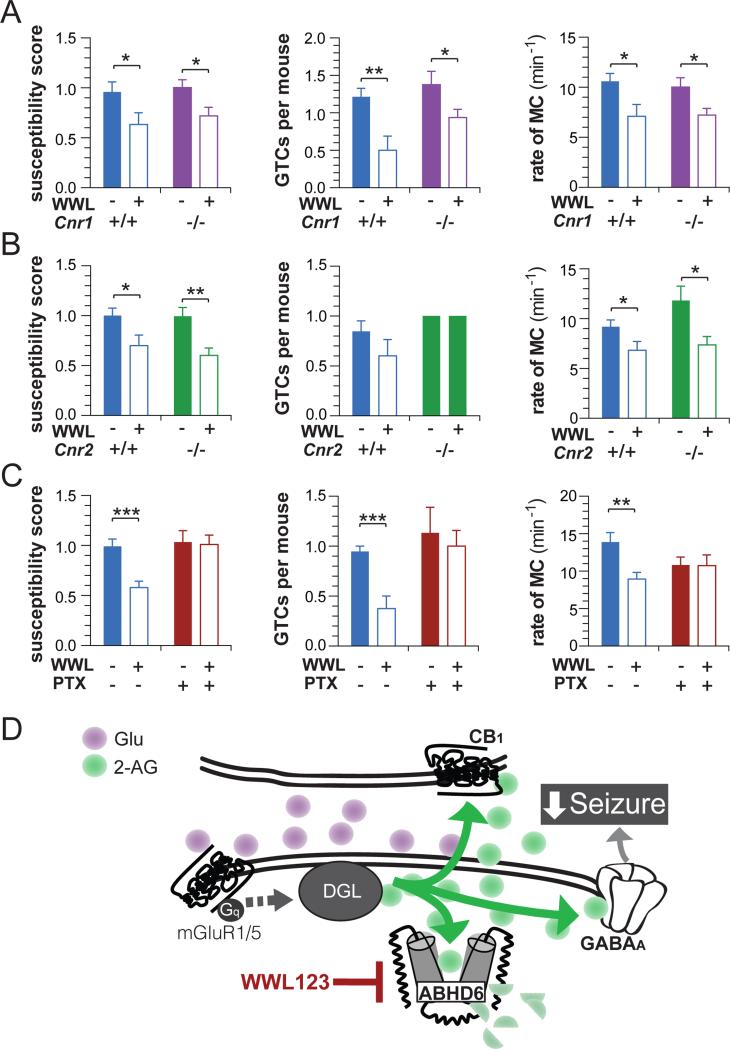Figure 2. The antiepileptic effect of ABHD6 inhibition is independent of cannabinoid receptors and is blocked by GABAA antagonism.
(A) WT (veh: n=13, WWL123 n=7) and cnr1−/− mice (veh, n=16; WWL123, n=17) were pretreated with vehicle or WWL123, and then seizures were induced by PTZ. The antiepileptic effect of WWL123 was intact in cnr1−/− mice as measured by seizure susceptibility, number of GTCs and rate of MC. (B) WT (veh, n=13; WWL, n=10) and cnr2−/− mice (veh, n=10; WWL123, n= 9) were pretreated with vehicle or WWL123, and seizures were induced by PTZ. WWL123 reduced seizure susceptibility, and MC, but failed to reduce GTCs in either WT or cnr2−/− mice. (C) WT mice were pretreated with vehicle/vehicle (n=19), WWL123/vehicle (n=16), vehicle/picrotoxin (n=15), or WWL123/picrotoxin (n=16), and then seizures were induced by PTZ. The antiepileptic effect of WWL123 was abolished by picrotoxin in all three measures. (D) Proposed mechanism: ABHD6 blockade increases synaptic concentration of 2-AG, resulting in increased activation of GABAA receptors which exerts antiepileptic effects. Fisher's T-Test was used for post-hoc analyses with *P<0.05, **P<0.01, ***P<0.001. Error bars show SEM.

